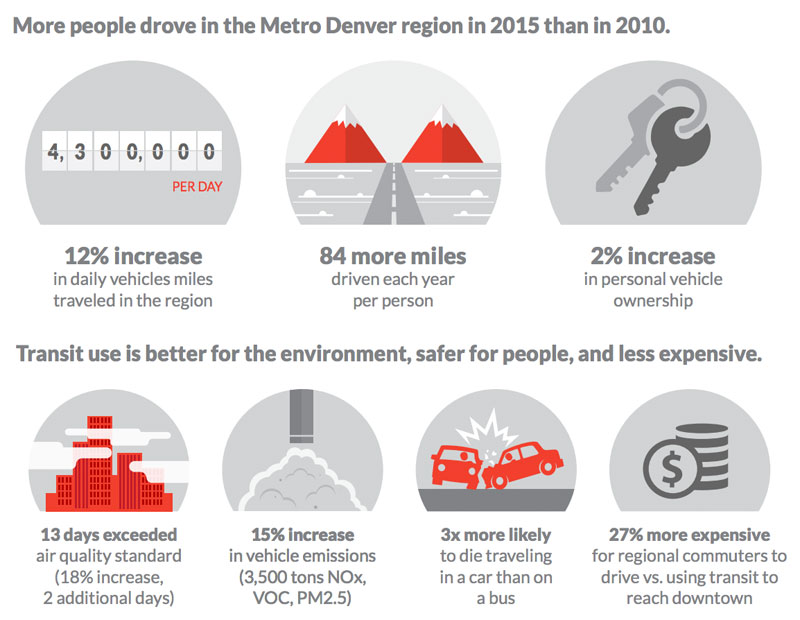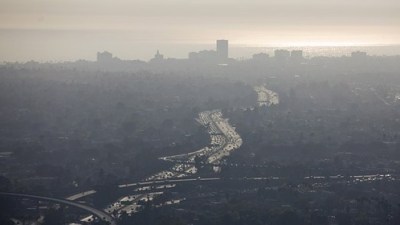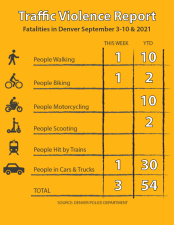RTD Transit Ridership Not Keeping Up With Denver’s Growth
As long as Denver keeps expanding roads and parking, transit will have a hard time keeping pace.

Total transit trips in the Denver region are gradually on the rise. But with population increasing too, transit doesn’t capture a higher share of regional trips than it did in 2004, when voters boosted the RTD transit system with the $5.3 billion FasTracks investment.
Transit’s slice of the transportation pie remains stuck at 4 percent, according to a brief report presented at a recent RTD Board of Directors meeting [PDF].
“Transit ridership has not kept pace with regional growth,” said Lacy Bell, a planner and project manager with RTD. “So while we have increased boardings, it’s not at the same rate as population growth.”
RTD cautions that the mode share numbers in its most recent “Quality of Life Report” were calculated differently than the 2006 version [PDF], which found that “77 percent of commute trips in the region were made by driving alone and about four percent were made via public transportation.” But the conclusion that transit ridership isn’t growing relative to population or driving mileage is consistent with other publicly available data.
In fact, since 2008, per capita transit trips are trending downward, according to data released by City Hall’s Denveright planning initiative:

“I read the [RTD report] and I thought, ‘I don’t think we’re doing real well,” RTD District I Director Judy Lubow told staffers. “Because we’re not increasing transit share.” Lubow called the dismal mode share “an elephant in the room.”
RTD’s report doesn’t make any claims about why transit mode share hasn’t increased, but there are a few likely culprits.
One is that the region continues to expand roads and parking. That includes everything from parking mandated in the city zoning code, which the City Council is actually making worse in some respects; to CDOT’s road widenings; to the RTD’s own massive, subsidized parking lots at transit stations. As long as Denver keeps building more car capacity, people will drive more, and the region will get less value out of the transit investments it makes.
Another culprit is that transit in Denver proper, where the market is strongest, has been neglected. RTD reports that all the transit growth is happening on rail lines, not bus routes, suggesting that Denver hasn’t been paying enough attention to providing good bus service:

Denver is where most RTD trips happen. The city proper accounts for 58 percent of all bus trips and 72 percent of all rail trips in the system, according to the Denveright State of the System report. Yet the RTD’s mandate to serve less compact, far-flung areas dilutes its ability to provide more frequent and reliable service where it will be used the most.
A robust intra-city bus network that prioritizes Denver cannot come soon enough.


